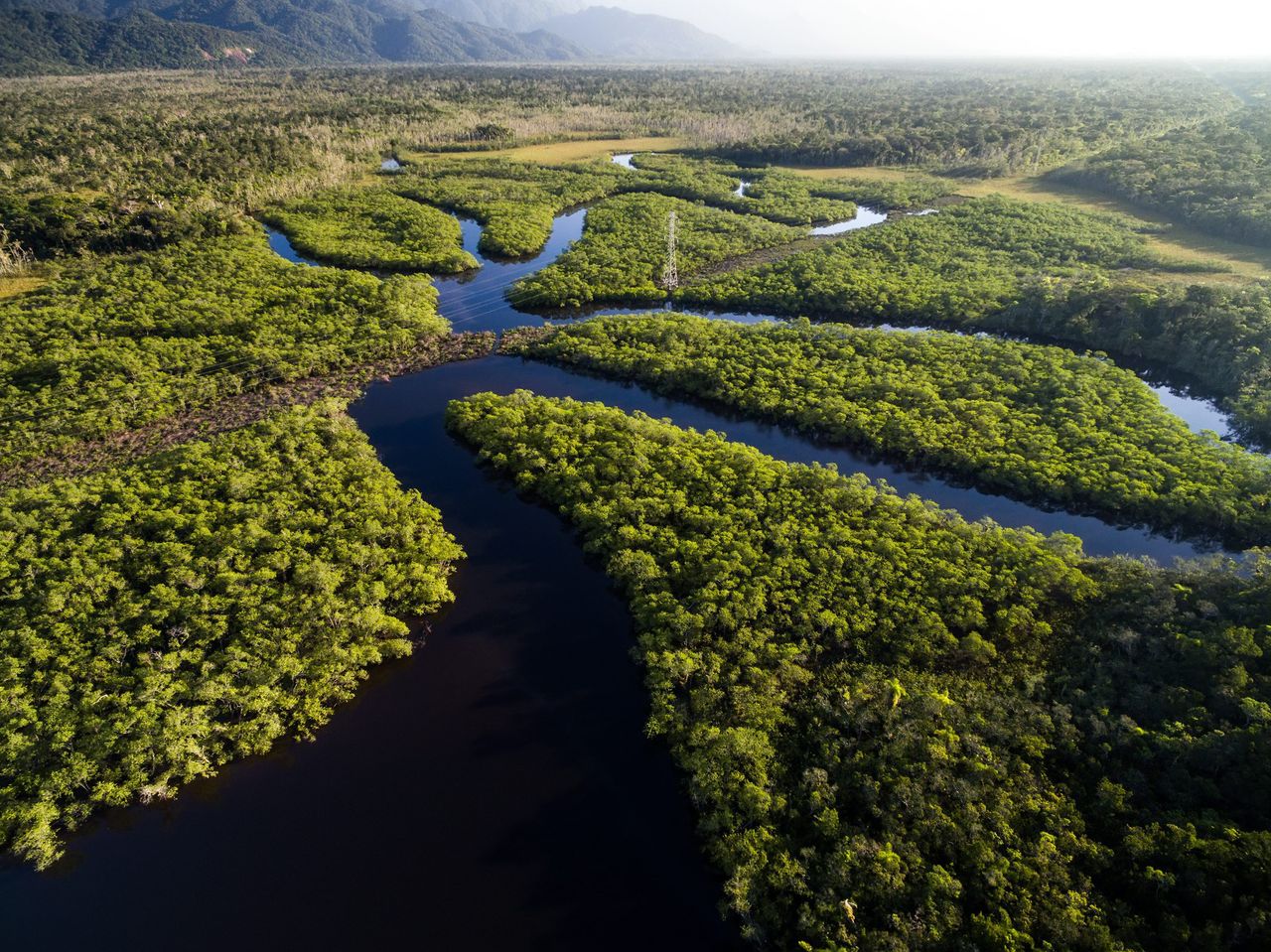
Illegal logging has already destroyed 17% of the Amazon rainforest in Colombia. Researchers believe that if deforestation is not stopped, this unique ecosystem could soon be destroyed and turn into a vast savannah.
Temperature increase and low rainfall
The Amazon rainforest is one of the world’s most biodiverse areas. It plays an important role in regulating climatic and hydrological cycles. Although the Colombian government has made an international commitment to stop its deforestation, many NGOs believe that the situation has spiralled out of the authorities’ control. In 2016, 178,597 hectares of Amazon forest were logged illegally (which constitutes a 40% increase compared to 2015). At the end of February 2018, large fires were also registered in the area. According to the Institute of Hydrology, Meteorology and Environmental Research (IDEAM), between January and March 2018 more than 5,000 hectares of forest were destroyed in Tinigua National Park.
“The reason for that is burning the forests to grow crops, to graze farm animals or to intercept the land. The latter is usually financed by entities from outside the region or created under pressure from illegal armed groups”, claim experts in the report.
Luis Gilberto Murillo, Columbia’s Minister for the Environment and Juan Guillermo Zuluaga blame the deforestation primarily on criminal networks active in the departments of Guaviare, Meta, Caquetá and Putumayo. In their opinion, peasants who have small farms in the forest are encouraged to cut down forests and set fire in order to obtain additional land. “Logging and burning one hectare of forest costs between 1 and 3 million pesos. The locals do not have such money so someone else must be involved, too”, say Murillo and Zuluaga. They also assure that the land will not be used for cultivation. “This is not our policy. Those who did this will be prosecuted because they commit environmental crimes”, they said.
Right to be healthy
Many Colombians believe that the government is not doing enough to stop deforestation. That is why 25 Colombian children, represented by César Rodríguez Garavito, Director of the Center for Law, Justice and Society, in February this year asked the court to rectify the situation. They claimed that the current status-quo threatens their fundamental rights to be healthy and have a healthy living environment. “We are too young to stop the climate change and deforestation but it is us who will be affected by the decisions we take today”, the young people argued. According to IDEAM, as a result of the progressive logging of the Amazon rainforest, the temperature in the country may rise by 1.6°C before 2041. Rainfall will be reduced by up to 32%, which in turn, could lead to many natural disasters.
The Colombian Supreme Court agreed with the young people. It claimed that the government had not addressed the problem, although it had signed international agreements and that the country has legal regulations and jurisprudence on that matter. The court argued that deforestation affects the global warming and violates the rights of all the inhabitants of the world. It therefore ordered the country’s authorities to draw up a short-, medium- and long-term action plan to protect the region.
Soil under cultivation
Mr Luis Gilberto Murillo has already announced that Colombia will not meet its 2020 target of zero deforestation in the Amazon rainforest. That goal was promised by President Juan Manuel Santos in 2015.
“This does not mean that we will stop working to reach this goal”, added Murillo. Some people suggest that a new target date of 2022 or 2025 could be set.
The Ministry of the Environment has started to work closely with the prosecutor’s office, the Ministry of Defence and a national real estate agency. Moreover, a prosecutor for human rights and the environment as well as 100 judicial police officers have recently been appointed to work in Colombia’s Amazon jungle. In the Guaviare region alone, recently there have been 90 deforestation-related investigations. However, none of the criminal networks have been identified.
Photo by filipefrazao.























